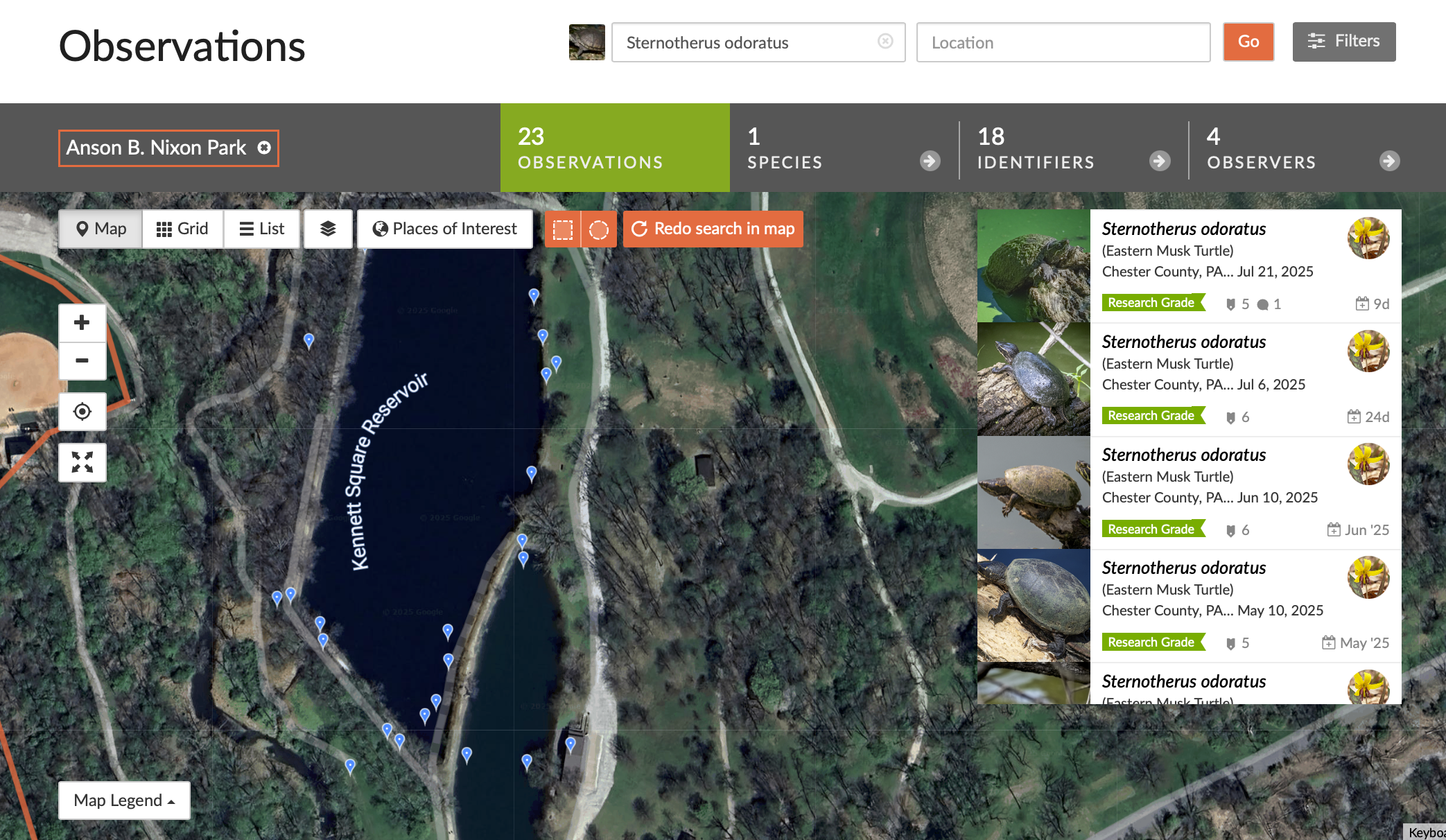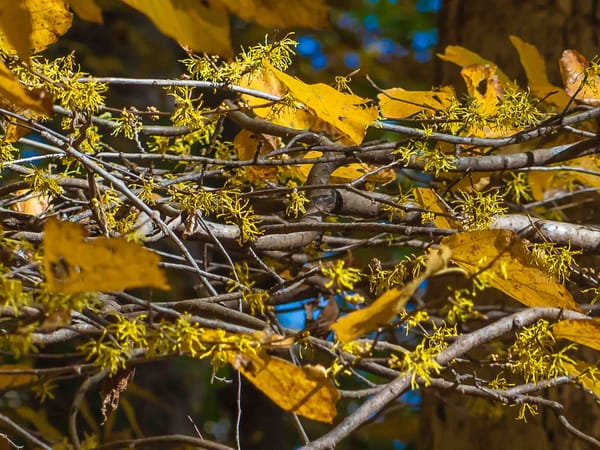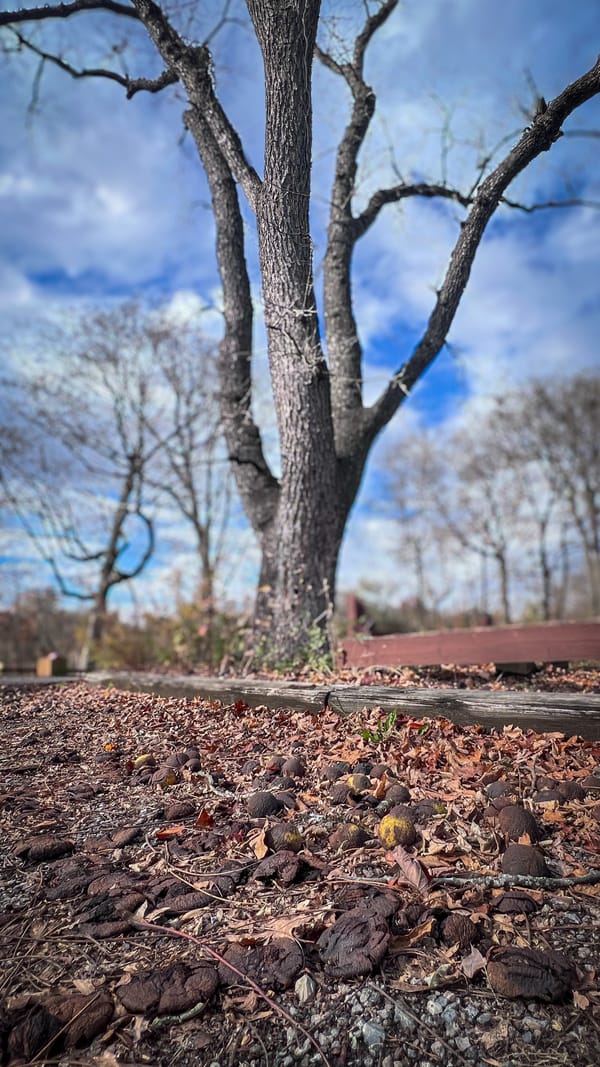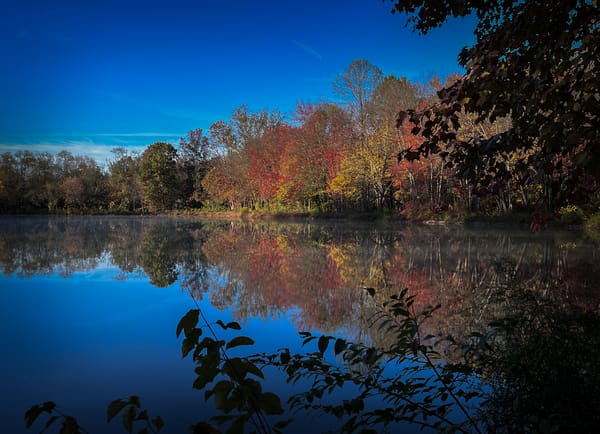Eastern Musk Turtle
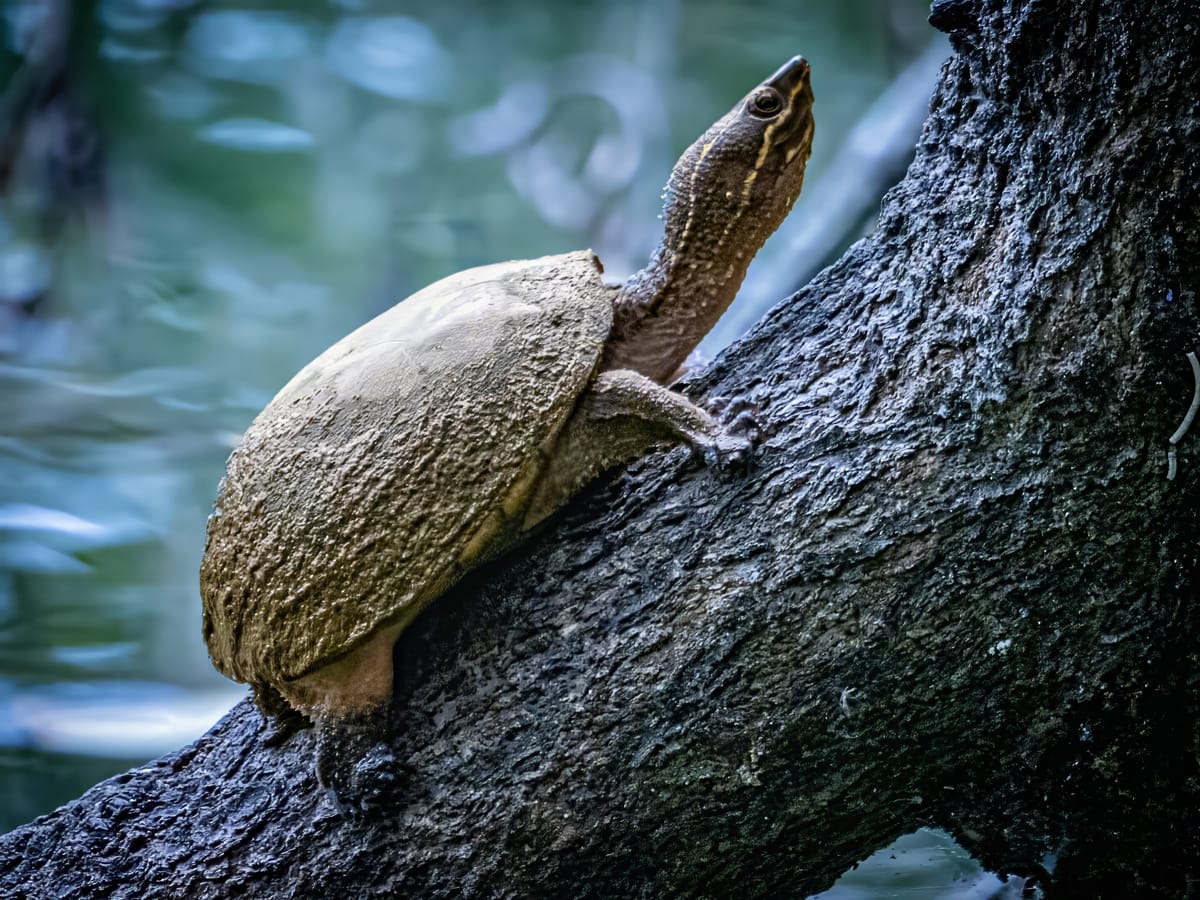
The Eastern Musk Turtle (Sternotherus odoratus) basks in the sun less than other turtle species. While occasionally seen with other basking turtles, they are more typically found basking alone. This solitary basking behavior can make them somewhat difficult to spot within the park.
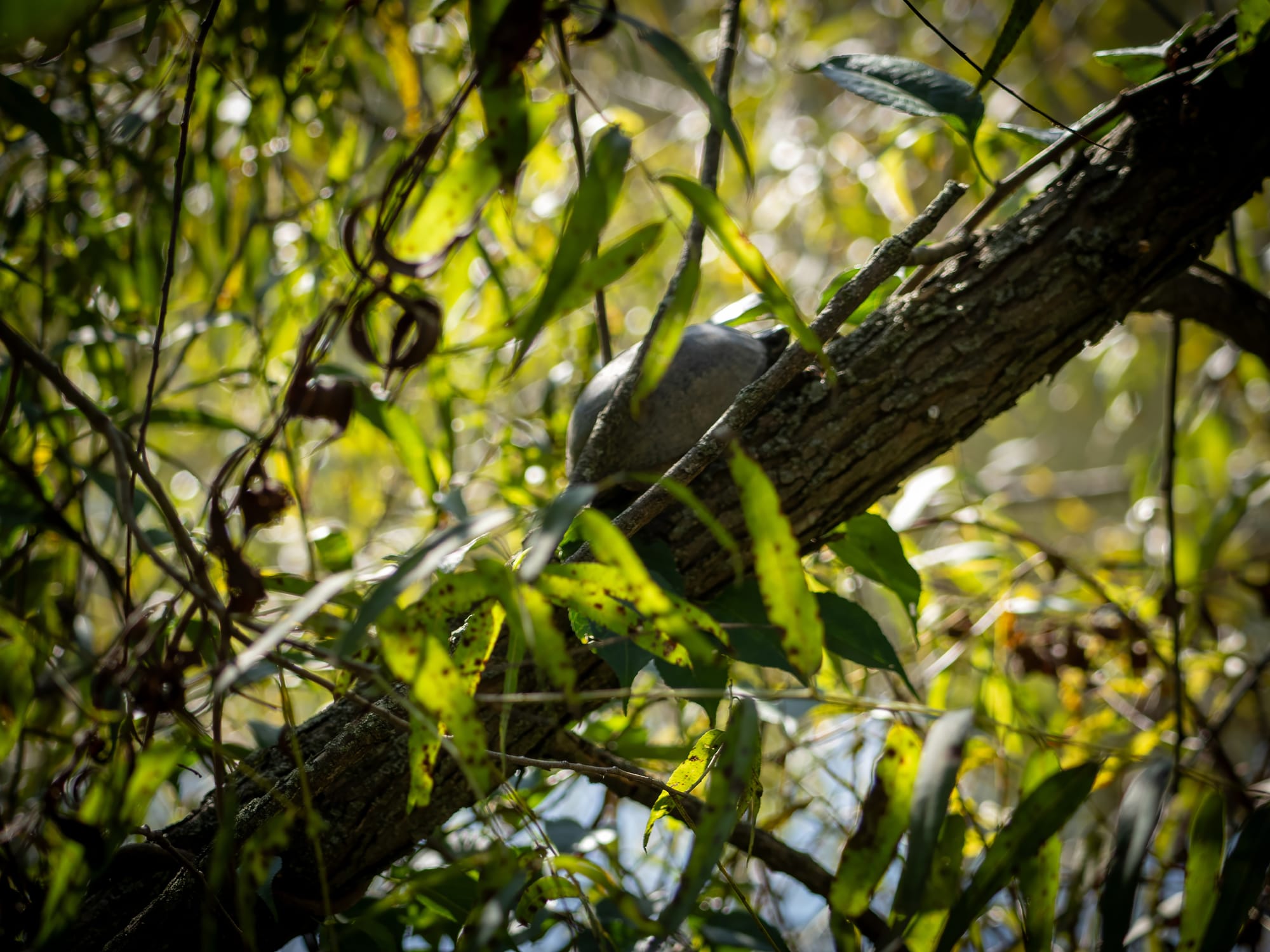
Oddly enough they are very good climbers ascending angled tree trunks and branches that overhang water, sometimes to a surprising height, perhaps up to six feet. There have been a few times at the park I disturbed a high-climbing turtle and was startled by a loud ker-plunk when they dropped into the water. This behavior feeds an oft-repeated anecdote is that climbing musk turtles have dropped into passing boats.
The Eastern musk turtle is a monotypic species. There are no significant regional differences in appearance or behavior throughout its range from Ontario and Quebec, south through the eastern United States to Florida, and west to central Texas and Wisconsin.
Tiny 1 inch long hatchlings grow to 2 to 5 inches as adults. or 6 inches. In the wild, Eastern musk turtles reach 20 to 30 years, in captivity they can exceed 50 years.
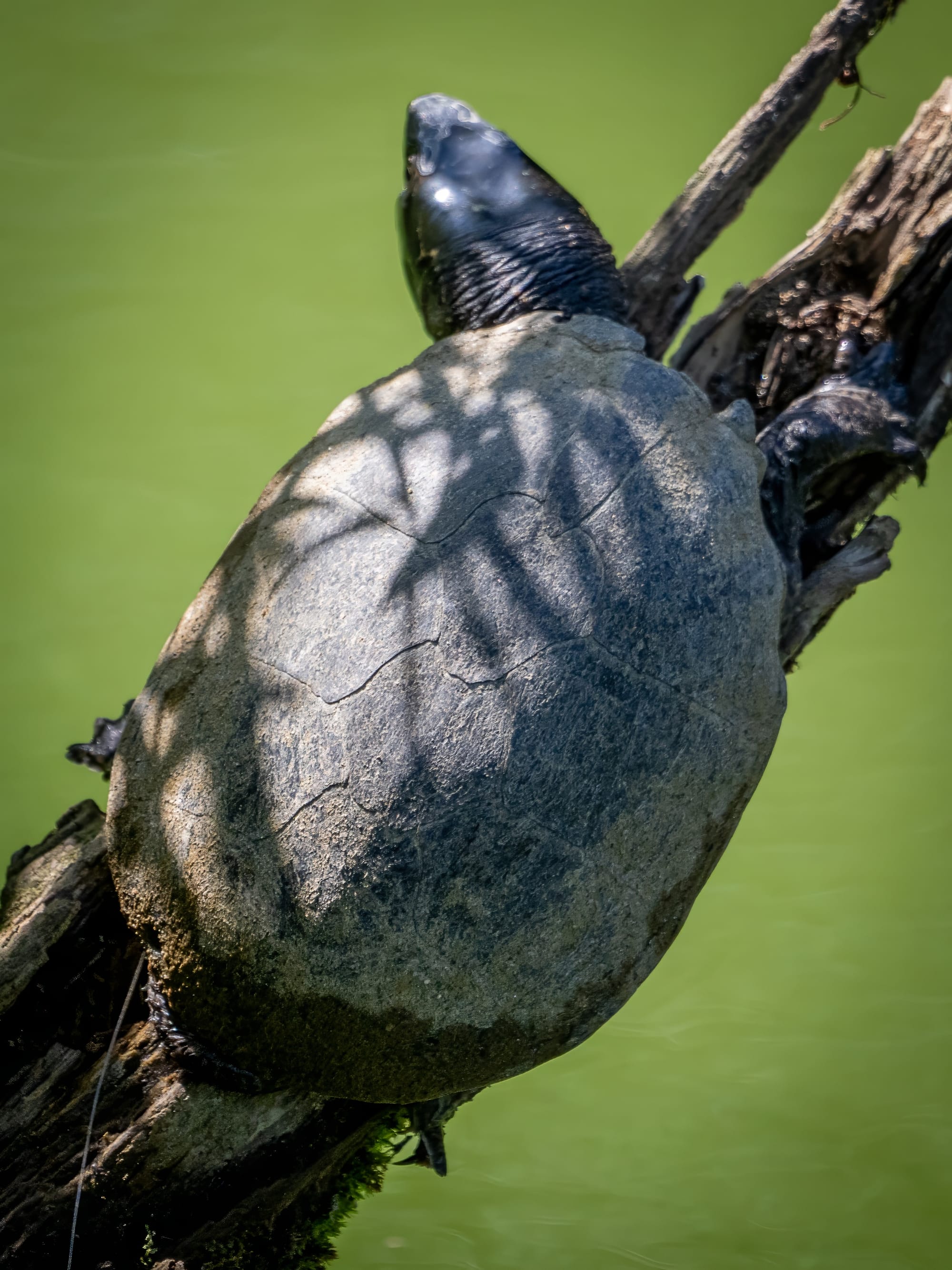
Carapaces are dark brown, grey, or black, often camouflaged with algae. They have a smaller cross-shaped plastron with a hinge towards the front offering some protection from predators. Glands located near the bridge of their shell that can release foul-smelling musk offer another layer of protection when threatened, (or if, for instance, they drop into a boat). This has earned them the name "stinkpot".
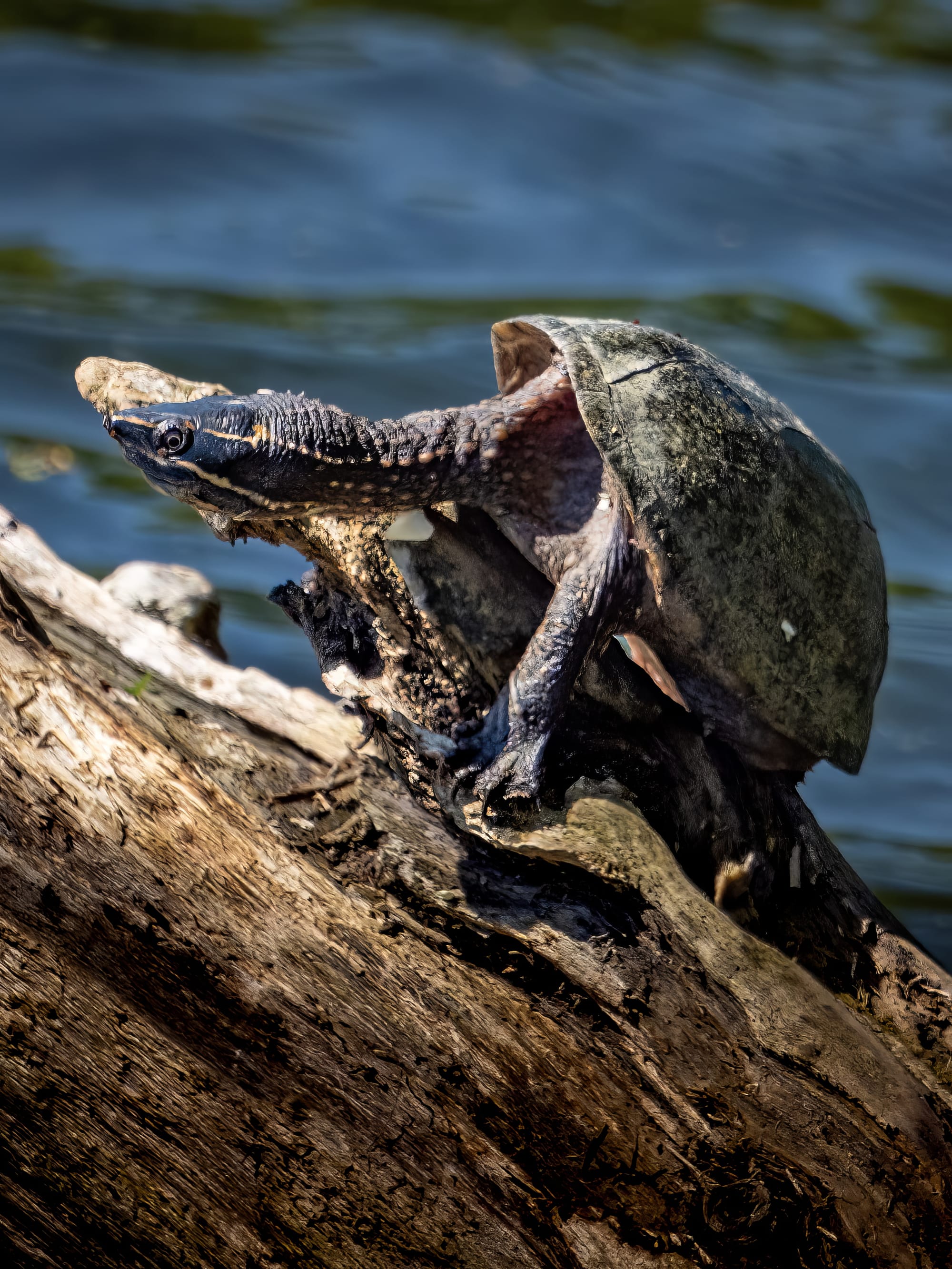
Dark grey to black skin featuring two distinct yellow or whitish stripes on each side of the head: one from the snout above the eye, the other from the snout below the eye, both running towards the neck.
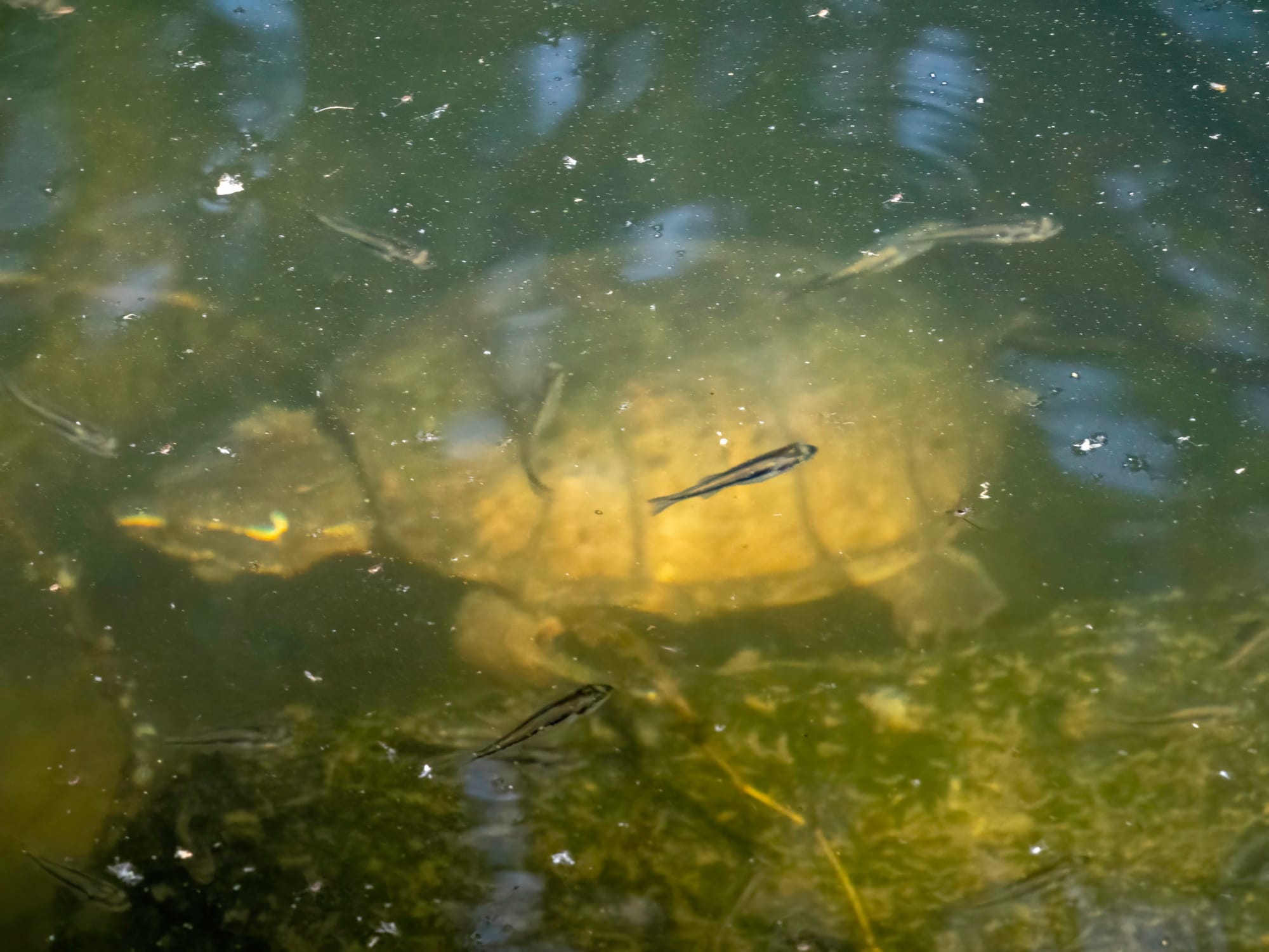
Primarily active at dawn and dusk, this single representative from the family Kinosternidae (the musk and mud turtles) found in the park tends to walk along the bottom rather than swim in open water.
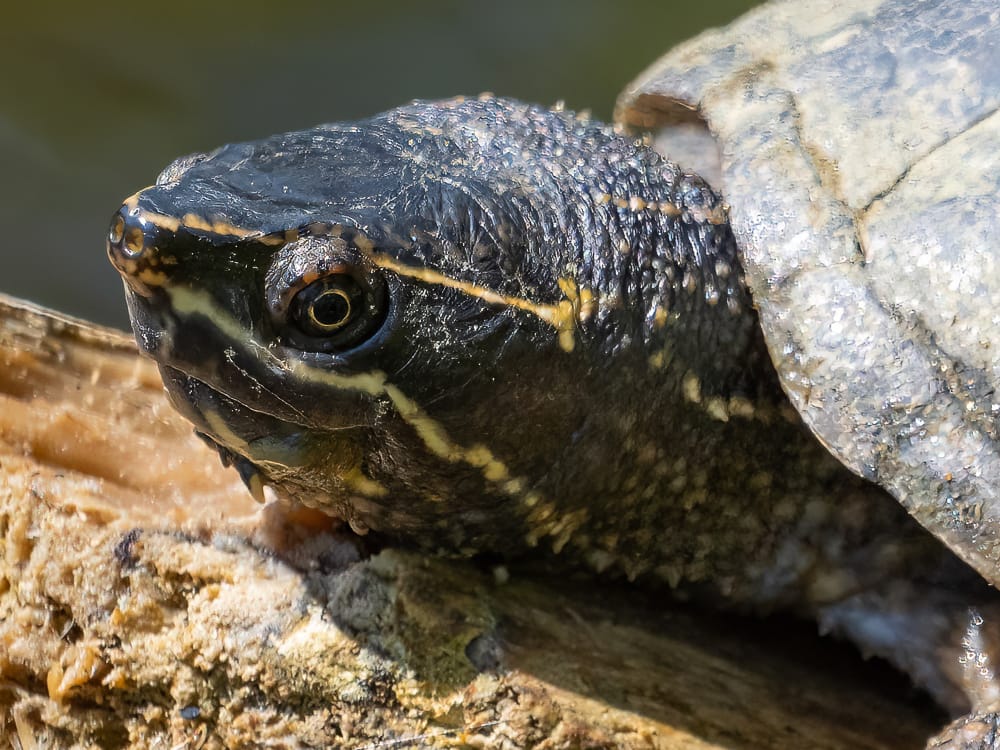
Like our other aquatic turtles they are omnivorous probing the mud with their snouts to find food aided by barbels, (fleshy protuberances), on their chin and throat serve as whiskers. Eastern musk turtles possess tiny, bud-like papillae on their tongues that facilitate limited underwater respiration.

Mating occurs in the spring, during April and May, and sometimes again in the fall. Courting males trail females, nudge their shell, and attempt to mount aided by specialized hind leg scales that enhance their grip.
From late May to early July females leave the water to dig a shallow nest in sunny areas with loose soil, under logs, or in rotting stumps. They lay one to nine, though commonly two to five, small, elliptical, brittle-shelled eggs per clutch in up to four clutches annually. Sixty to ninety days later hatchlings emerge. They are only about an inch long with a more pronounced keel on their carapace than adults. As with other turtle species hatchlings are vulnerable to a number of possible predators.
